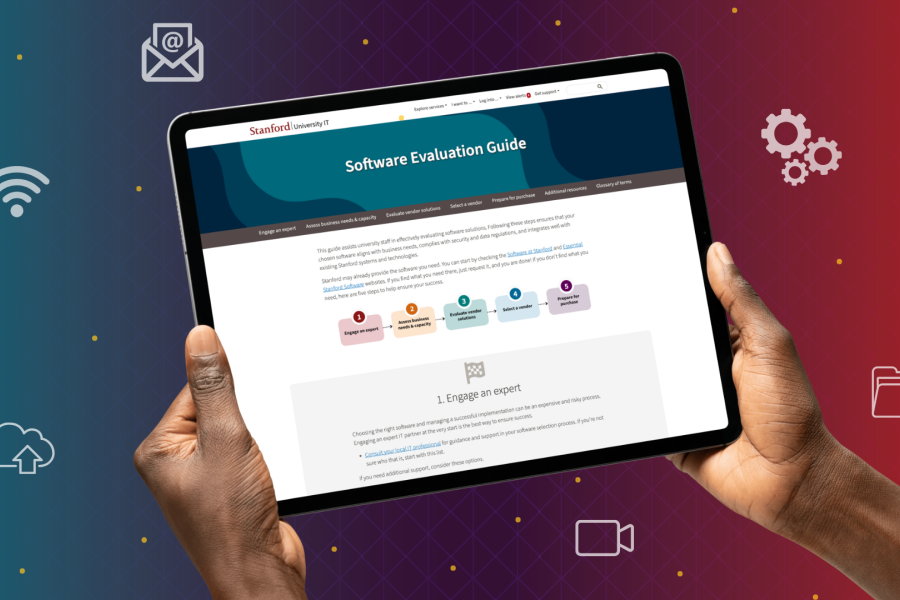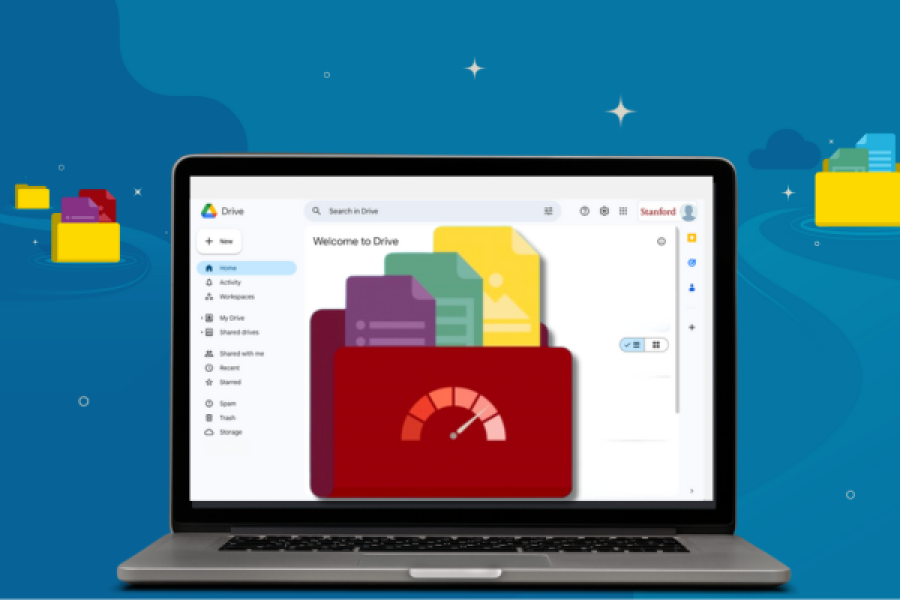A trip to the emergency department (ED) is stressful, especially when the patient is a child. But faster access to expert care and open communication between families and providers can go a long way to ease the angst. This is why Stanford University IT (UIT), in partnership with Ruben Lazar Mara, senior manager of Stanford Health Care’s (SHC) Communication Technologies, has brought telehealth into the SHC pediatric ED.
With just a few clicks, pediatric specialists can become available virtually at the bedside of a sick or injured child. And should the patient need to be moved to Lucile Packard Children’s Hospital (LPCH) or Packard El Camino Hospital in Mountain View, the same technology can be used to orchestrate a smooth, family-centered transition of care.
Virtual visits reduce wait times
The children’s hospital doesn’t have an ED. Emergency care for children is provided within Stanford Hospital’s pediatric ED at 300 Pasteur Drive. Previously, pediatric specialists had to walk from LPCH to the pediatric ED to assess and admit patients to LPCH. With the arrival of telehealth, this logistical hurdle has been removed. Specialists now have the option to observe patients virtually. This reduces the time families spend waiting for a consultation and provides faster and more efficient care.
A better handoff; a better patient experience
In addition, when doctors decide to admit a child for inpatient care, medical teams can establish a secure video session to share information and discuss the most appropriate method for transferring the patient. And LPCH physicians can use this same technology to discuss the transfer face-to-face with the child’s parents.
Families can also virtually meet with the nurses in the children’s hospital who will care for their child — before they leave the ED. That way, everyone knows exactly what to expect. Because the platform supports multi-way conferencing, parents who require foreign language assistance can add a medically qualified language interpreter to the conference call.
“The best part of telehealth is it helps close the gap in communication between the care teams, while also getting the family involved in the care experience. This decreases the anxiety of the patients and their families, improves the handoff, and enhances patient care,” said Maria Cheung, RN, an assistant patient care manager in Stanford's ED.
Equipment and software for quality virtual care
The ED telehealth solution consists of a network of end-points that use Cisco Jabber software on an iPad or Windows computer workstation. While Jabber isn’t new technology, the UIT team developed services to transform the software into a useful and scalable application. Enhancements include a centrally managed telehealth directory, three-way video conferencing, and custom reporting features.
Building on success
The SHC pediatric ED has four telehealth end-points that use iPads mounted on mobile stands that can be wheeled from room-to-room. There is also a telehealth iPad at the Stanford Walk-in-Clinic at the Hoover Medical Campus
The technology has been well-received and plans are underway to deploy it on a larger scale, said Chai Ho, a project manager for UIT. The goal is to add telehealth on a workstation in every pediatric ED exam room. More than 50 telehealth endpoints have been added to the newly opened SHC adult ED and hospital at 500 Pasteur Drive.



